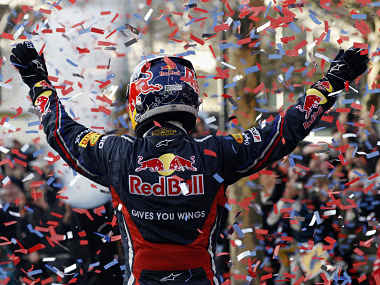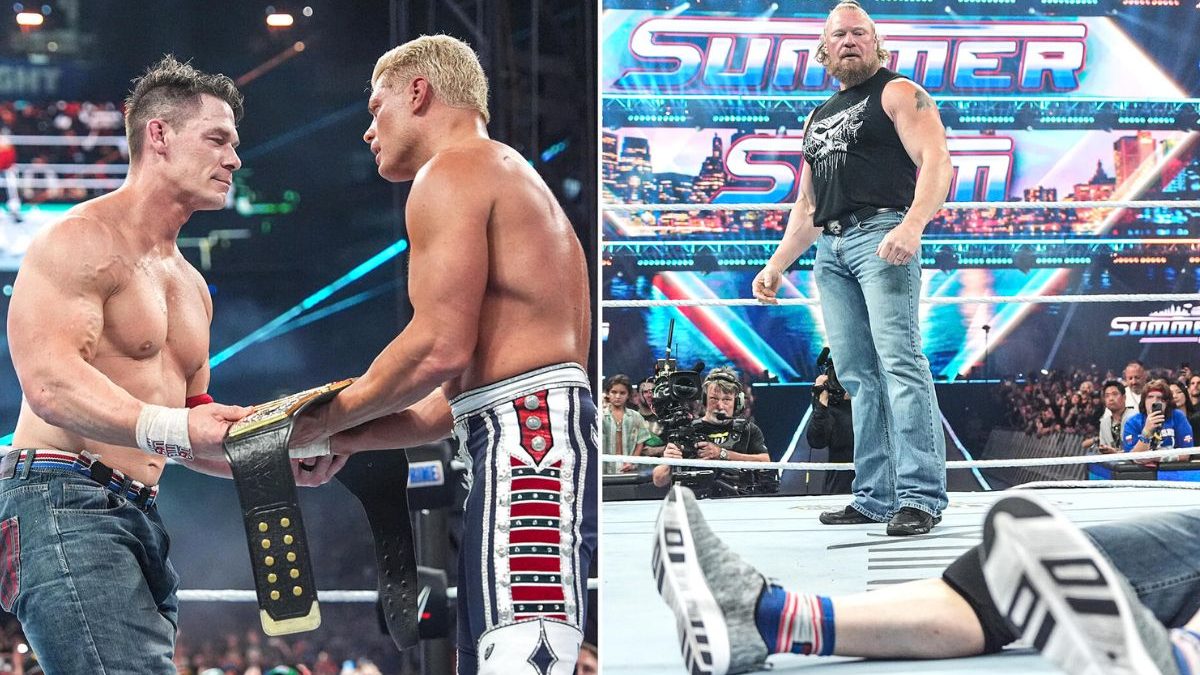By Vivek Mukherji Red Bull team principal, Christian Horner, loves to draw parallels with the music world. He believes a good racing team is like an orchestra that needs good instruments and accomplished musicians to produce a symphony that stays in the head long after the concert is over. In 2010, Joseph Hayden’s score, Deutschlandlie – the German national anthem composed in 1797 — was played 11 times at circuits around the world as Sebastian Vettel made Kinky Kyle, as the champ named his RB7, sing and dance to his tune like a grand conductor of the season-long concert of speed. When the five green lights go out at the Albert Park circuit, Melbourne, on 18 March, there will be a few questions on the minds of Formula One fans’: can Red Bull do it three in a row? Can Vettel become the youngest triple world champion? Has Adrian Newey delivered yet another car – RB8 – with the longest legs? Resurrected from the bones of Jaguar Racing, just eight seasons back, Red Bull’s success record is stunning and impressive in equal measure. Even hardened pundits never imagined that that the Bull would be flying so high in such a short time. When Jac Nasser, the then head of Ford Motors, decided to pull the plug on the Milton Keynes outfit at the end of the 2004 season, a maverick businessman from Austria who amassed a fortune selling a caffeine-laced aerated drink decided to buy out the team, not many thought that it would turn out to be a serious challenger to more famous marquees in the sport who had established their pedigree over decades. Though, Red Bull had been involved with motorsports in various capacities; most notably with their young drivers programme, and as one of the sponsors of Sauber F1 from 1994-2000, not many believed that the reclusive Austrian could turn around Jaguar Racing. Dietrich Mateschitz, owner of Red Bull Gmbh, however, brought something that Jaguar Racing never managed to cobble together in its six-year existence despite hiring racing legend and triple world champion Niki Lauda in 2002 to oversee the team’s operation. Mateschitz brought in big money and a vision to the table. He also brought character and a philosophy of doing things ‘just a bit’ differently. Before the start of the 2005 season Red Bull Racing had already become one of the biggest spenders in the paddock. In 2008, Formula Money reported that Red Bull Racing had a budget of $164.7 million, while another $128.2 was spent its sister team Scuderia Toro Rosso. Doing things differently meant handing over the reins of the team to Horner, who gave up his racing career to manage the hugely successful Arden Racing in Formula 3000. [caption id=“attachment_244017” align=“alignleft” width=“380” caption=“Red Bull Formula One driver Sebastian Vettel of Germany waves after a show run event in Milton Keynes. Reuters”]  [/caption] It meant hiring a maverick genius in the form of Adrian Newey to design the cars, who by 2005 had already won multiple world championships with Williams and McLaren and had worked with drivers like Alain Prost, Nigel Mansell, Damon Hill, Jacques Villeneuve and Mika Hakkinen – all world champions. It meant hiring some of the best talent available in the paddock. It also meant fast-tracking the poster boy of its junior driver development programme into the sport by putting Vettel in one of the Toro Rossos in 2008, and subsequently in the first team. That Vettel turned in a performance of a lifetime at the rain-drenched Monza circuit in 2008 to be become the youngest driver to win a Formula One race made the decision to put him in RB5 in 2009 a little bit easier. By 2008, all instruments were in place and musicians tuned them to play the right notes. All that was needed now was the stage. That happened in 2009, when the new technical regulations forced all the teams to go back to the drawing board. It was then Newey came up with the radical car powered by Renault RS27 engine. To stretch Horner’s music analogy a little more; Newey draws the first lines of a car on paper using pencils, much like composers write the first notes on pages of notebooks, even in the age of giga-hertz munching computers. But the Bull was caught on the wrong hoof due to different interpretation of the technical regulation pertaining to diffuser design by Ross Brawn and his team in its first and only year of existence as Brawn GP. Though, as the season progressed Vettel and Mark Webber caught up with the runaway Brawn cars, but they had conceded a lot of ground during the Asian swing at the start of the calendar and had to settle for second place on the championship standings. By the time the 2010 races got underway, RB7 became a finely honed machine. The Red bull cars were the fastest on the grid, the team had a stunning talent in Vettel and an honest slugger in Webber and the reliability of the Renault engines had been conclusively proven. It was a season for their taking. But, internal frictions between the German and Aussie, and bad luck in some of the races, ensured that Vettel could only be anointed the champion of the last day of the season in the twilight at Abu Dhabi to become the youngest Formula One champion. In 2011, Red Bulls went on rampaging run trampling all competition with utter disdain and Vettel announced his arrival at the doors of greatness with 11 wins and 15 pole positions. No one had managed such a meteoric rise in the sport’s 62-year-old history — Red Bull had arrived and taken over the podium in a span of just eight years. Success is the greatest motivator and a seductive mistress that spawns complacency at the same time. It’s hard to say which way the Bulls will fly this year over 20 races, but Vettel made it very clear at the Indian GP last year which way he wants to go. “I still have a lot to achieve and a long way to go. My love for racing pushes me to win and I’m too much in love with winning at the moment. Standing here if I were to say ‘this is it’, I wouldn’t be doing justice either to myself or to the team,” he said. The fire in Vettel still rages furiously and Newey is still in command of his art of drawing cars. Time to unleash the straining Bulls.
The 2012 Formula 1 season begins on 18 March and we begin our coverage with a detailed look at Red Bull’s journey to the top.
Advertisement
End of Article
Written by FP Archives
see more


)

)
)
)
)
)
)
)
)



